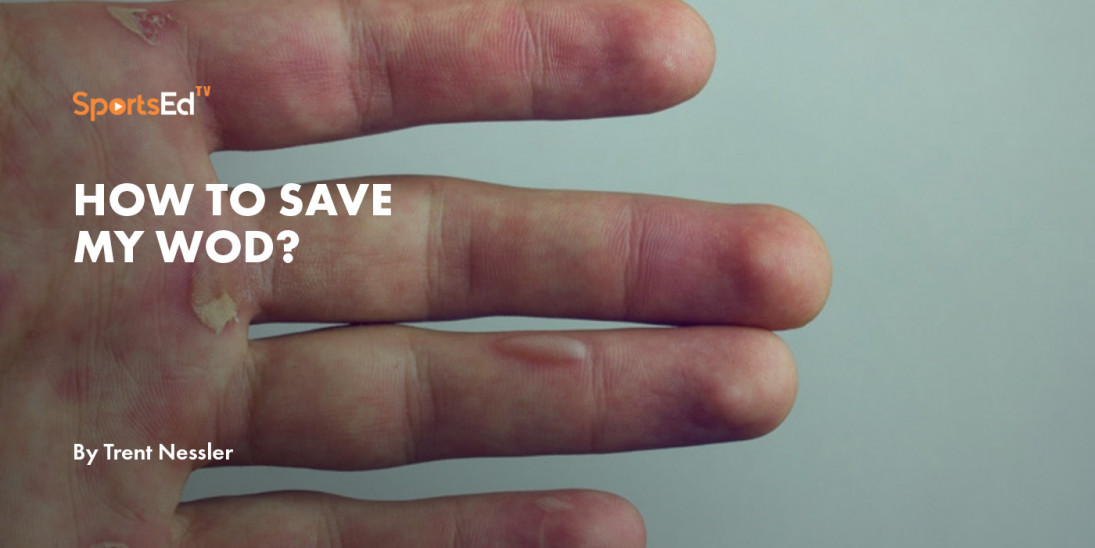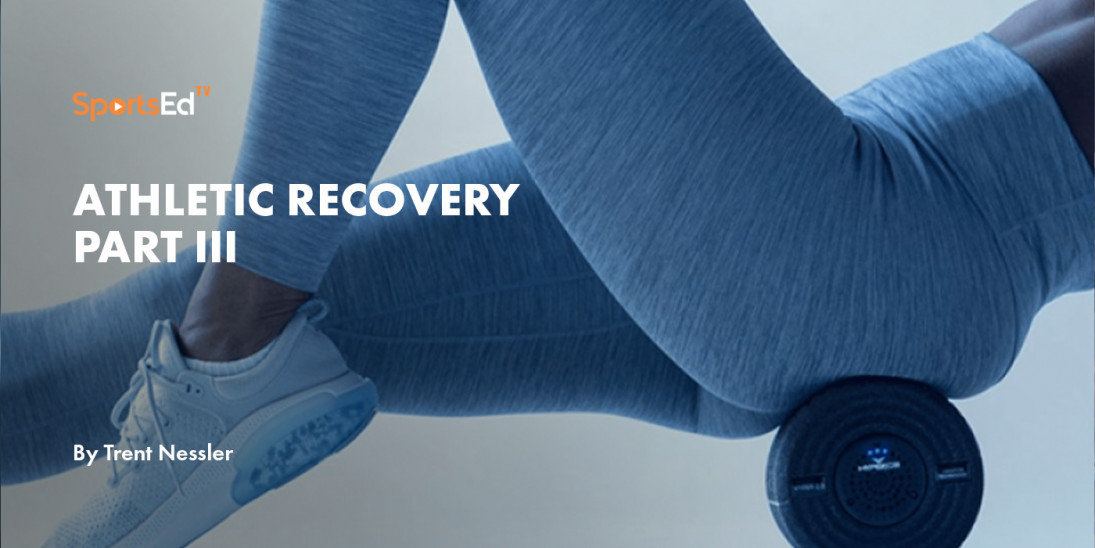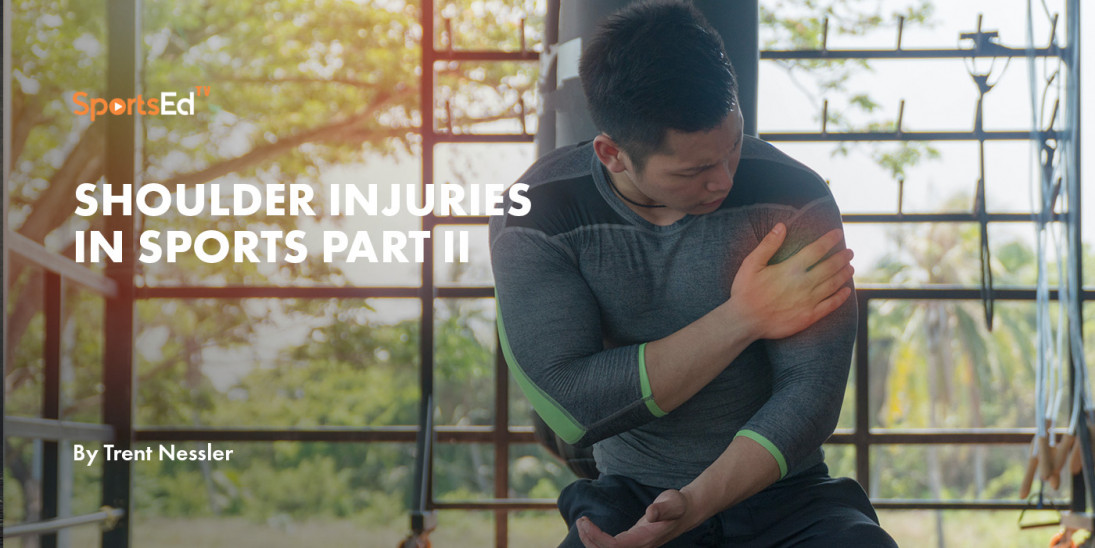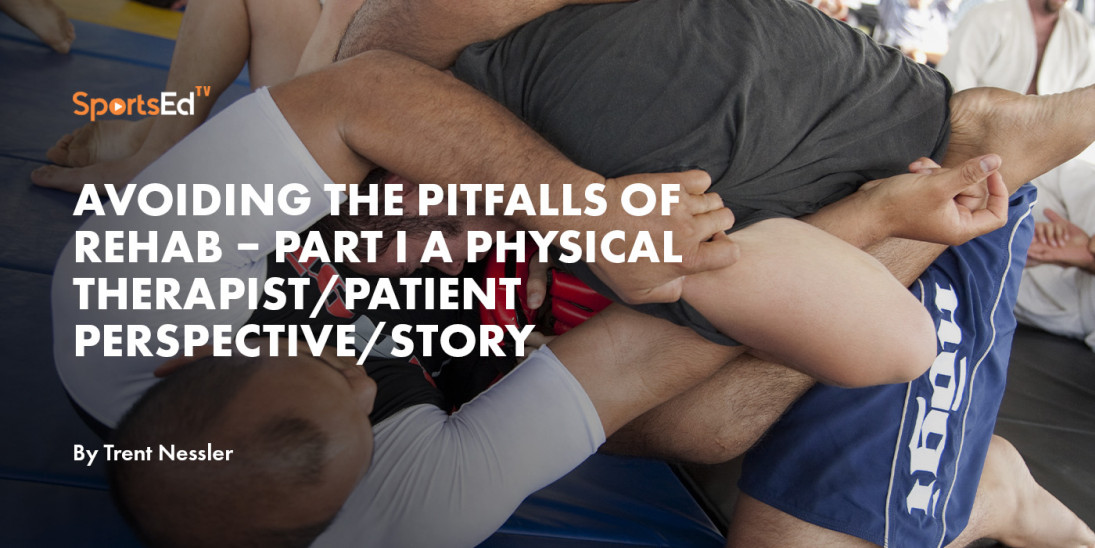Volleyball
Welcome and thanks for visiting...

ACL Injuries in Volleyball – Part II
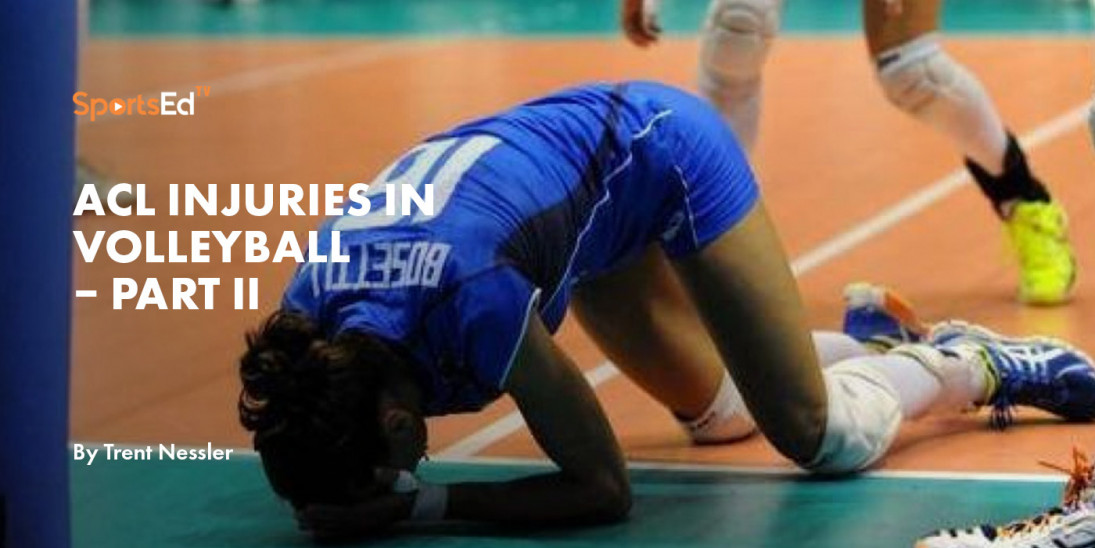
In our last article we talked about some factors that lead to an increased risk for ACL injuries in volleyball players, especially in female volleyball players. We also shared how, as a coach, you could evaluate this risk in your players. But once you assess them, what do you do with that information? Is there a way to address this with training? By addressing this with training, will this mitigate their risk for injury?
In a recent study (Garner et al Int J Kin Sport Sci 20), the authors looked at just that. In this study they assessed Division I female volleyball players using a wearable sensor technology (DorsaVi) while performing a series of movements (ViPerform AMI or Athletic Movement Index). These movements included the plank, squats, side planks, single leg squat, single leg hop, multidirectional single leg hop and ankle lunge. Based on the individual players results, each player was assigned to a specific level of an exercise program (ACL Play It Safe) which they performed all season long before practice and after. The program included a 5-minute pre-practice dynamic stretching routine and a 15-minute post practice fatigue state training program. The subjects performed this program all season long and overall compliance with the program (performed 3x/week) was 100%. Results: When comparing current injury data to previous 5 years of injury data for the same team, the authors found a 67% reduction in hip injuries, 37% reduction in knee injuries, 50% reduction in lower leg injuries and 67% reduction in thigh injuries.
In addition to these results, what the authors also found is that when athletes performed this program throughout the season that the results on the test also improved. On the average, there was a 43-point improvement on the overall AMI score for each athlete. That meant that the exercises were resulting in improved core strength and stability in single limb performance. There was also a measurable improvement in performance measures including vertical jump and clean and jerk. This makes a lot of sense. Knowing that lower limb biomechanics improve would mean there is an improved efficiency in the system and better transfer of kinetic energy across that system. This means there is not only greater force production (quad and hams producing more force) but also transfer of that power across the system (improved vertical jump).
This same Division I team has been using this same program and approach since the initial study was performed 4 years ago. Currently, there is a retrospective analysis being performed looking at the 4 years of injury data (since implementation of the program) to previous 5 years of injury data (prior to implementation of the program). What is currently being reported is not only a reduction in injury rates but also a significant decrease in health care costs associated with injuries when comparing these two-time spans.
Several things we have learned from this study as well as others include:
- Dynamic warm up – adding dynamic stretches to a pre-practice routine aid in creating mobility to the lower limb and aid in increasing in controlled mobility and stability through the entire range of motion. The three stretches included in this study included
- the Sumo stretch, the dynamic lunge and the high knee toe ups
- Fatigue state training – training at the conclusion of practice (in a fatigued state) allows you to get the same training effect with less volume (since the athlete is tired) which increases efficiency of the program and trains the athlete in state which they are most impacted (where they are at increased risk and performance is impacted). This means training in this state (specificity) means it will carry over to when they are fatigued in sport and are therefore less likely to get injured and will perform better. The exercises performed in this study included (in this order):
Single leg hop
Single leg toss
The key with all of these is to follow the technique that is outlined. Most importantly to control the movement at the knee as described in the videos. If the athlete is unable to perform the recommended sets and reps, then they should stop there and move on to the next exercise. It is important that the athlete is not allowed to continue training with poor control and technique as this will be the default technique they will resort to when they are in a fatigued state.
In addition to this training that can be added to a practice, there are also key aspects to pay attention to when practicing.
Read more:

